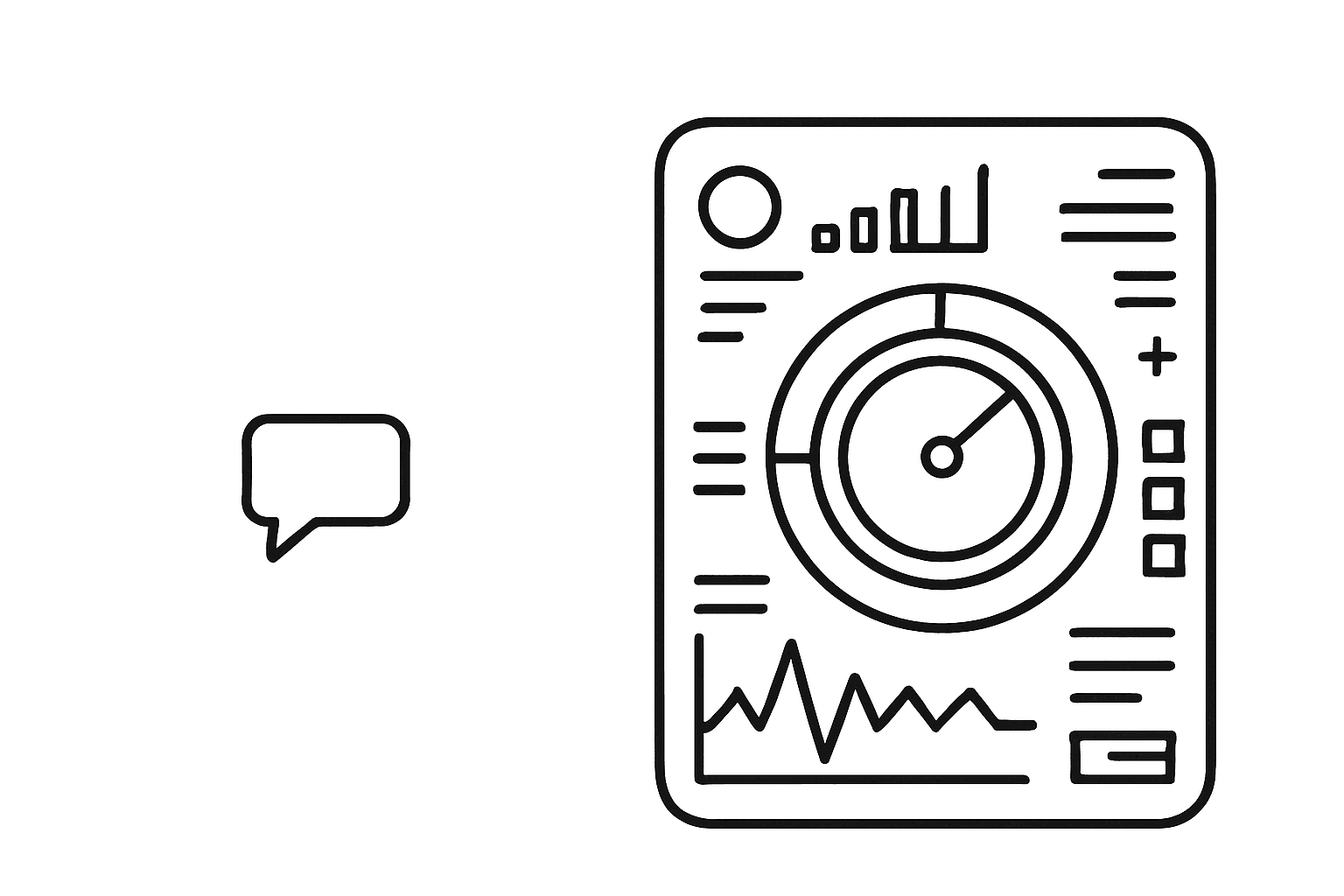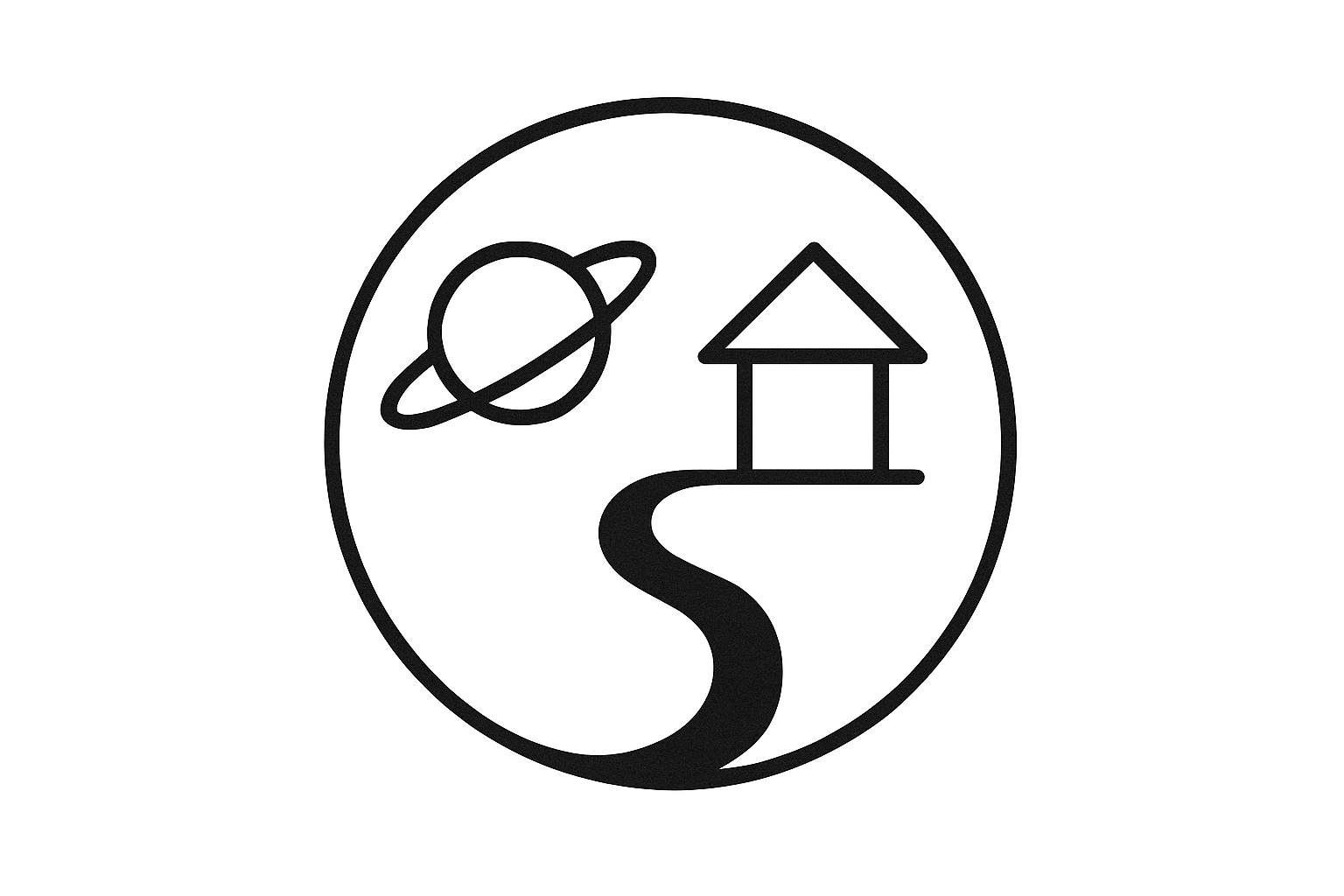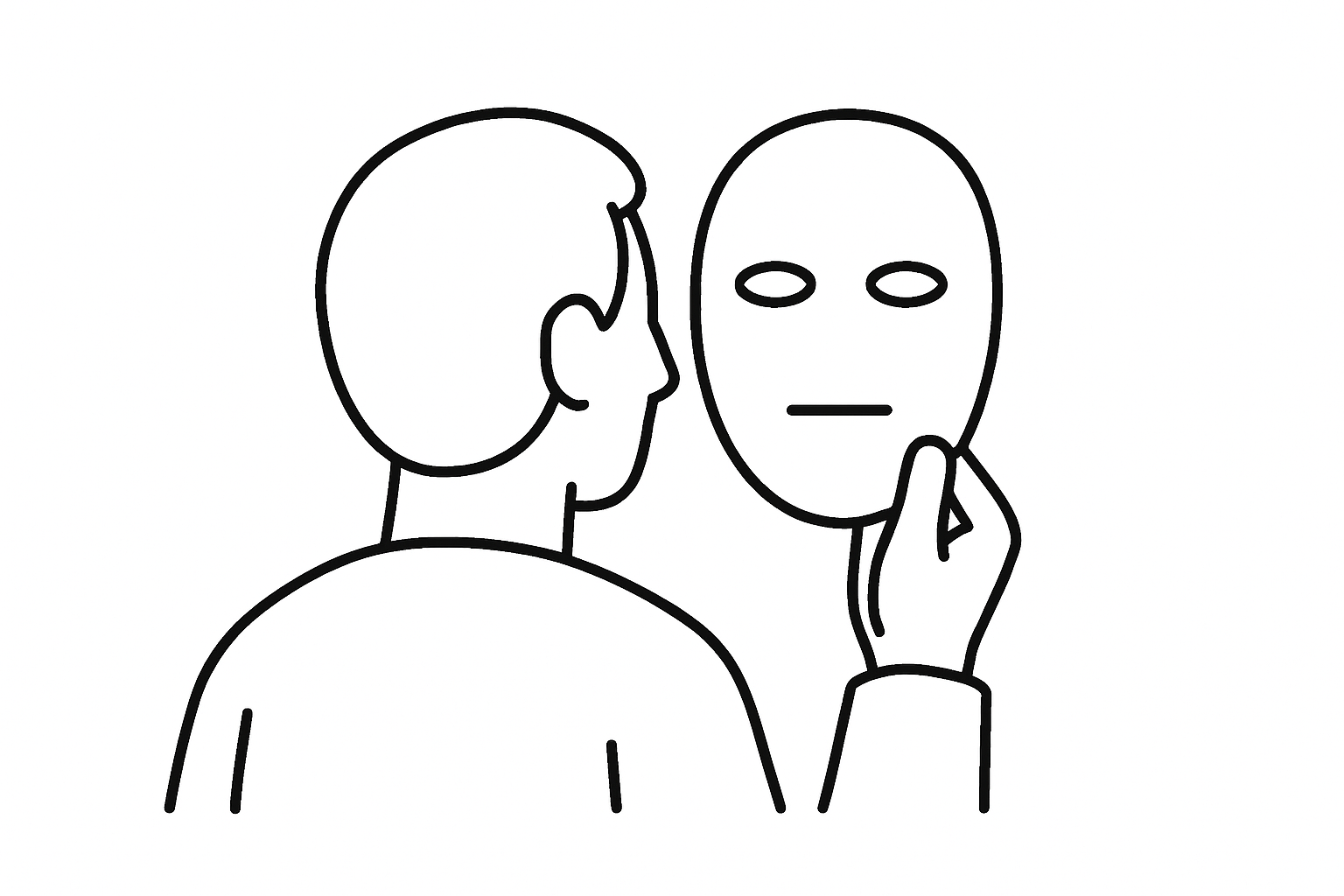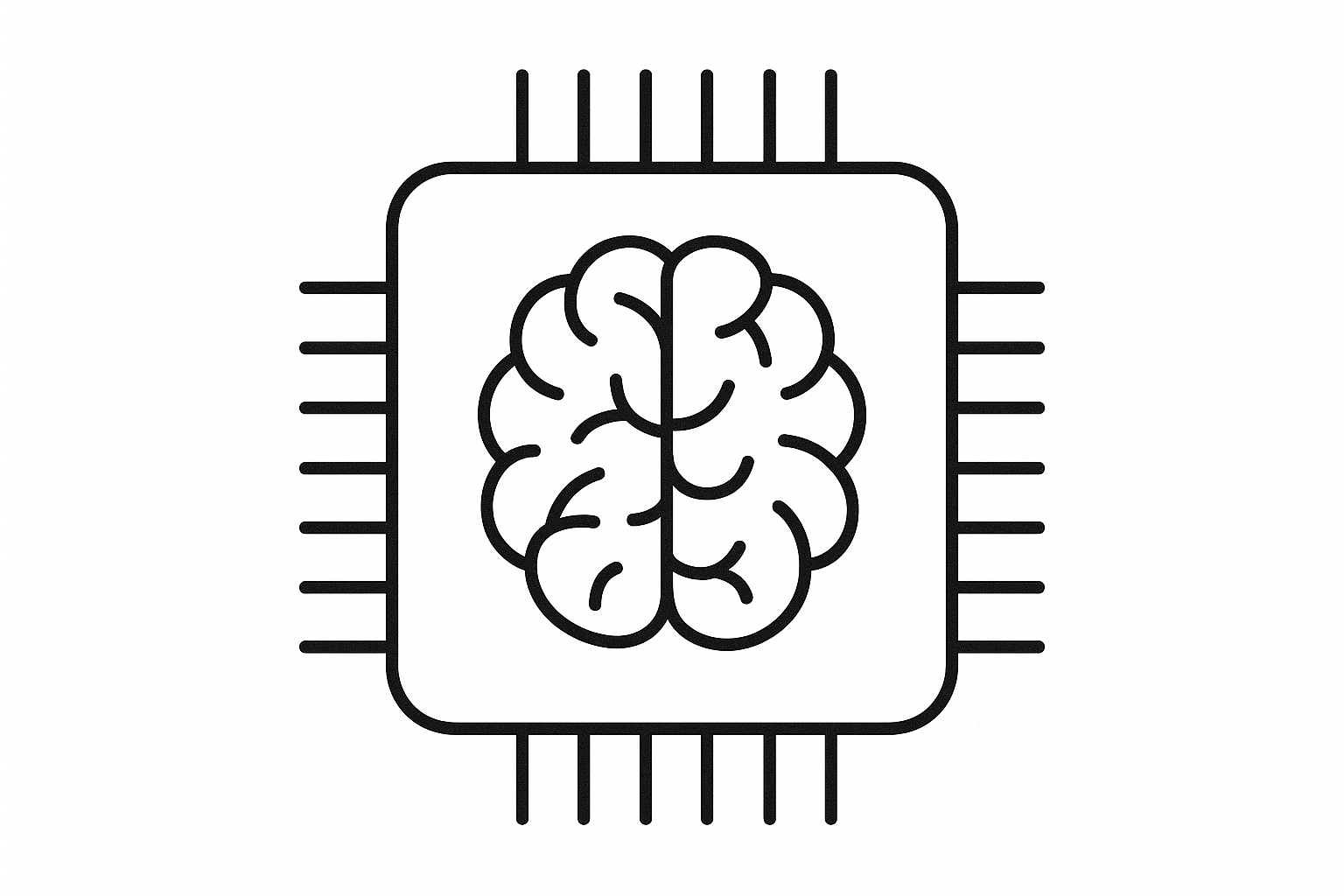I’ve been reflecting on the friction between traditional UIs and AI chat interfaces. We’ve been forcing both input and output through the same interface paradigm for decades, and it’s never worked well for both.
Visual interfaces are spectacular at one thing: showing you information. A map instantly conveys distances and relationships that would take paragraphs to describe. A dashboard lets you compare metrics at a glance. Product grids let you scan prices and features faster than any text summary could. When computers need to help us understand information, visual representations are unmatched.
But flip it around. Try to tell a computer what you want through those same visual interfaces.
Now you’re clicking through nested menus, filling out forms with rigid validation rules, hunting for the right checkbox buried in settings. You’re learning someone else’s mental model of how data should be structured, memorizing which field goes where, adapting your intent to fit their predetermined categories. Every app has its own idiosyncratic input patterns. Every form demands you think like the database schema.
The sophistication we’ve built into visual output doesn’t translate to input. It compounds complexity instead of absorbing it.
The Inverse Interface
AI chat interfaces flip this entirely. They’re phenomenal at input. You describe what you want in whatever words come naturally. You provide context in whatever order makes sense to you. You correct yourself mid-sentence, add caveats, reference things indirectly. The interface does the work of parsing intent, mapping your messy human input onto structured operations.
But ask a chat interface to help you compare options, and you’re back to scrolling through paragraphs. Which hotel was cheaper? What were the trade-offs between those three approaches? The information is there, but you can’t see it. Text forces sequential processing when what you need is spatial reasoning. It’s the wrong medium for output.
The asymmetry is perfect. Visual interfaces fail where chat interfaces excel. Chat interfaces fail where visual interfaces excel. We’ve been stuck with one paradigm for decades: visual UIs for everything, input and output both forced through the same forms and buttons. Now we’re adopting the other, wrestling with how to make chat and text convey what images show instantly. But the asymmetry isn’t a problem to solve. We ought to embrace it.
No UI for Input
What if the pattern that’s emerging isn’t “chat replaces everything” but something more surgical? Free-form text input (or spoken words) becomes the universal input layer. Describe what you want, refine it conversationally, express complex intent without learning app-specific conventions. Then, once the system understands, render the results in whatever visual form makes them comprehensible. Generate the dashboard. Show the map. Display the comparison grid.
The interface adapts to the output, synthesized on the fly based on what you asked for. Not a predetermined layout you’re forced to interpret, but a visualization shaped by your specific question. The understanding of this asymmetry adds another level to something I wrote about ephemeral software. Traditional software isn’t just wrong because it persists when it shouldn’t. It’s wrong because it forces a single interface paradigm to handle both directions of interaction. Code and interfaces should both manifest when needed and dissolve when done, but they should also split along natural lines: natural language for expressing intent, visual forms for understanding results. The output interface becomes just another part of the computation that appears in service of your purpose, then vanishes.

I’ve noticed this in my own projects lately. The friction isn’t usually in viewing results; it’s in communicating what results I want. The cognitive load isn’t in understanding the data but in wrangling the controls.
This changes what we should be building. Stop trying to make chat interfaces that output everything as text. Stop trying to make visual UIs with better input forms. Instead, build systems that accept natural language input and generate the right visual representation for each specific query. The interface becomes a consequence of the question you asked, not a constraint you have to work within.
For designers and builders, this means rethinking the fundamental unit of interface design. Not “design a dashboard” or “design a form,” but “design a system that can synthesize the right output format in response to expressed intent.” The interface isn’t the product; the capability to manifest appropriate interfaces is the product.
What would your tools look like if input and output weren’t bound to the same interface?



